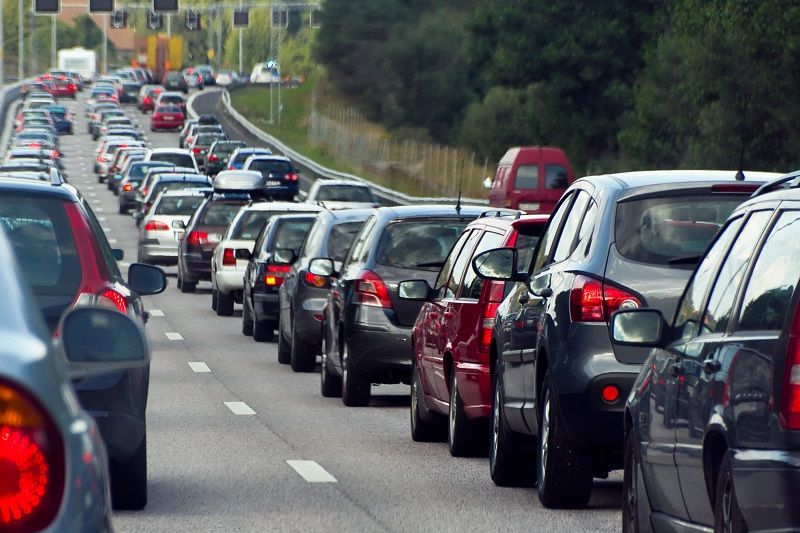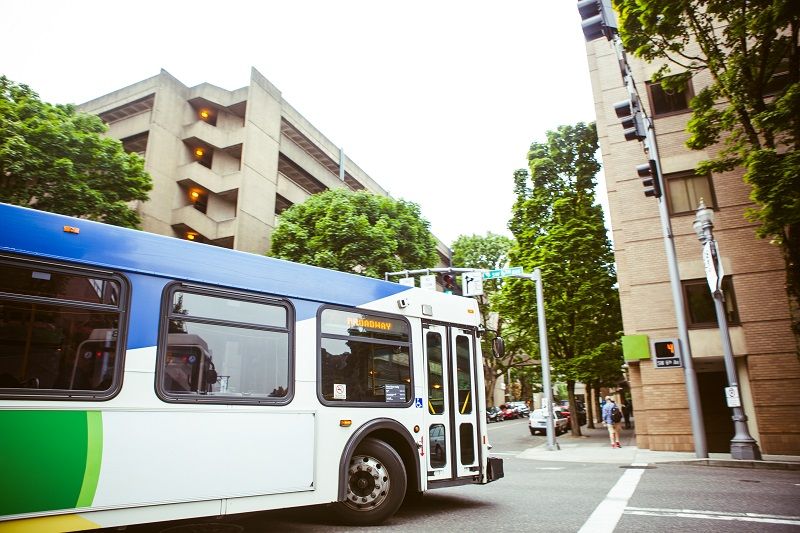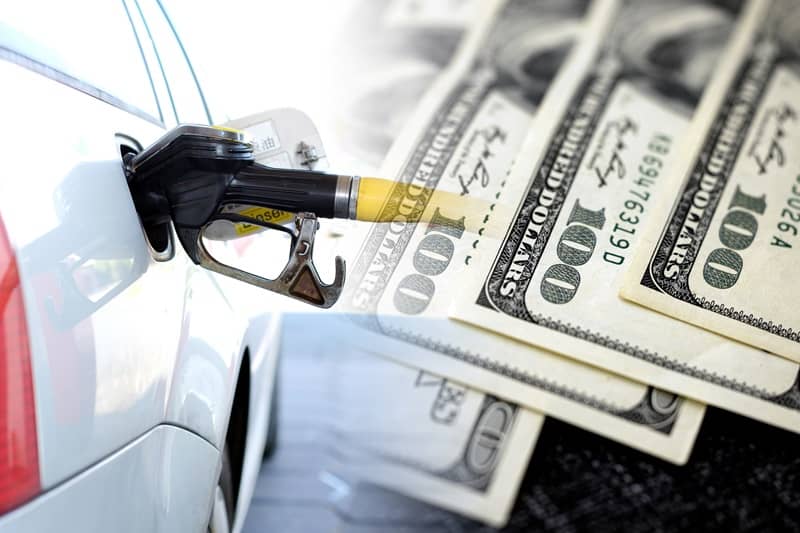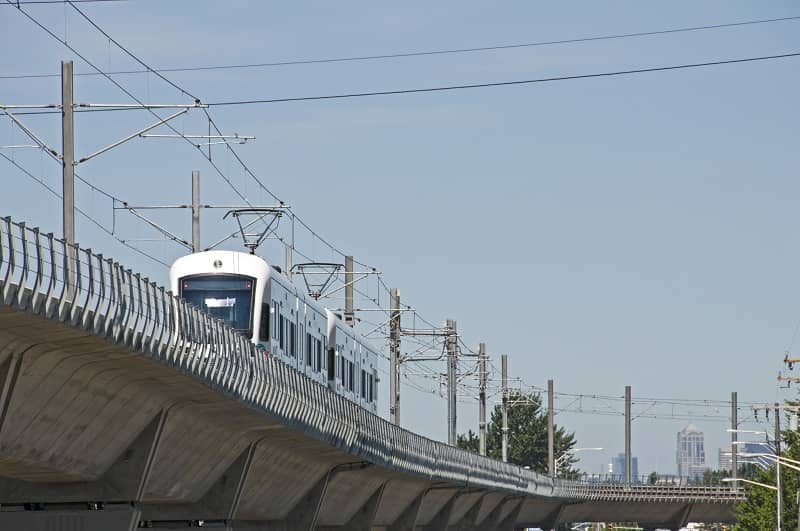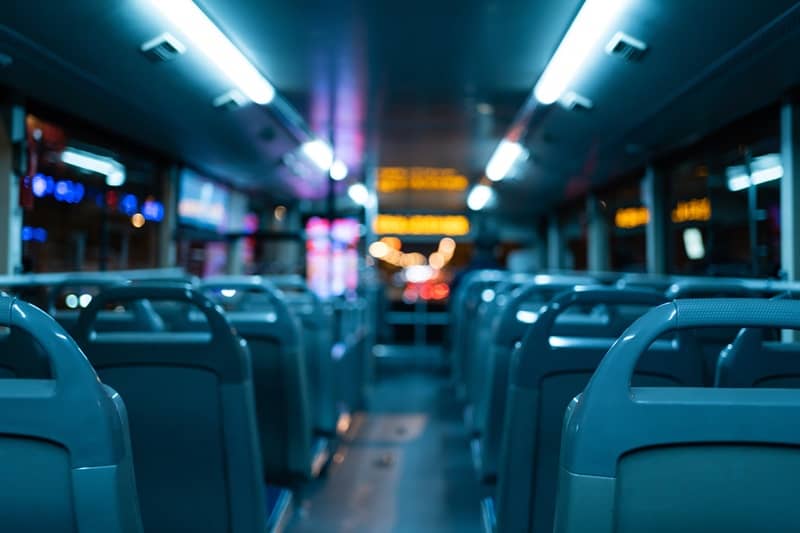TriMet is currently seeking new spending authority in SB 1510 to help finance regional “multi-modal” transportation projects. Legislators should deny this request based on previous experience with TriMet commitments.
To refresh the memory: during the 2003 session, TriMet sought approval to increase the payroll tax rate by one-tenth of a percent. According to TriMet’s then-General Manager,
“TriMet’s proposed payroll tax increase will be used exclusively to provide new or enhanced transit service. This will include assisting in the operation of Washington County Commuter Rail, Clackamas County light rail, Lake Oswego Streetcar, a substantial increase in Frequent Service routes, and enhanced local connections to these lines.”[1]
The rate increase was approved, and was phased in over a 10-year period.
During the 2009 legislative session, TriMet sought an additional rate increase. The legislature again approved the request. The TriMet board approved the first of 10 planned rate increases last September, and the new rate of 0.7337% went into effect on January 1, 2016.
Let’s look at the results. After a decade of tax increases, it’s clear that there is no correlation between increased TriMet revenue and actual levels of service:
TriMet Financial Resource Trends for Operations, 2004-2015
(000s)
CLICK HERE TO VIEW TABLE IN PDF
| 2004 | 2006 | 2008 | 2010 | 2012 | 2014 | 2015 | % change | |
| Passenger fares | $55,665 | $68,464 | $80,818 | $93,729 | $102,240 | $114,618 | $116,734 | +110% |
| Tax revenue | $155,705 | $192,450 | $215,133 | $208,933 | $248,384 | $275,357 | $292,077 | +88% |
| Total operations | $290,513 | $342,274 | $404,481 | $433,609 | $488,360 | $522,155 | $493,572 | +70% |
In fact, there is negative correlation – as TriMet’s revenue went up over the course of a decade, actual service went down:
Annual Fixed Route Service and Ridership Trends for TriMet
2004-2015
CLICK HERE TO VIEW TABLE IN PDF
| 2004 | 2006 | 2008 | 2010 | 2012 | 2014 | 2015 | % change | |
| Hours of service | 1,698,492 | 1,653,180 | 1,712,724 | 1,682,180 | 1,561,242 | 1,608,090 | 1,676,826 | -1.3% |
| Miles of service | 27,548,927 | 26,830,124 | 26,448,873 | 25,781,480 | 23,625,960 | 23,763,420 | 24,248,910 | -12% |
| Originating rides | 71,284,800 | 74,947,200 | 77,582,400 | 77,769,119 | 80,042,810 | 75,779,560 | 77,260,430 | +8.4% |
Note: The term “originating rides” excludes transfers.
Source: TriMet, http://www.trimet.org/pdfs/publications/trimetridership.pdf
There is a slight correlation between revenue and transit use, as total originating rides went up 8% while operating revenue went up 70%. However, ridership peaked in 2012 and has dropped by 3.5% since then.
TriMet claims that the 2003 promise of “enhanced service” was met because many new rail lines were built. But to the 66% of TriMet riders who travel by bus and saw their service drop by 12%, shiny new rail lines were of little consolation.
TriMet now wants to expand its reach through SB 1510 so as to spend new funds for “multi-modal” projects. We suggest a simple response: unless and until TriMet transit service returns to at least 2004 levels, no additional spending authority should be granted.
[1] Fred Hansen, testimony before the Senate Revenue Committee on SB 549, March 11, 2003, p. 3.
John A. Charles, Jr. is President and CEO of Cascade Policy Institute, Oregon’s free market public policy research organization.
